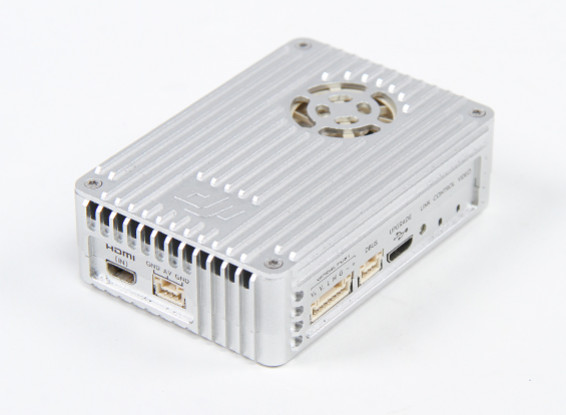

The role of the user should also be considered. For a pilot getting a general sense of position from a moving map display, high resolution is not terribly important. Resolution determines the operator’s ability to discern small details on the screen. The higher the resolution, the easier it is to identify details at distance, like a person’s head bobbing in the water from 10,000 feet, for example. Screen resolution and frame rate are important factors when ensuring compatibility with sensors. Key Factor #3: Screen Resolution and Frame Rate Dimming controls may include a Day/Night mode button.Īlso, the display should save brightness settings between shutdowns. Operators tend to agree: there is nothing worse than landing after a night op and having the screen default to 100% brightness on the next startup.įinally, if its product literature makes no mention of NVG compatibility or its performance in extreme lighting conditions, chances are the display is not a good candidate for low light and NVG missions. If push-button dimmers are used, verify the dimming range can be adjusted quickly. In both low light and NVG situations, displays need to be dimmed so operators can shift their eyes from outside the cockpit to the display and back again without being temporarily “snow blinded” by the display lighting. In other words, situations, where the operator’s eyes must adjust to large swings in light intensity, must be avoided. Such conditions reduce the crew’s reaction and response time in critical situations.įor dimming, rotary buttons are preferred (though not essential) as they permit immediate dimming of the screen. If a display will be used in low light or with night vision goggles (NVG), look for broad dimming ranges and NVG-compatible backlighting.


Key Factor #2: Low light and NVG Requirements Still, it’s worth asking manufacturers about their approach to dealing with this factor, as well as the test results they’ve achieved for the displays you’re considering. Mention of these terms in marketing content is no guarantee of good sunlight readability. If a manufacturer’s product literature lists these features or mentions testing with reflection, brightness, and contrast in mind, they may have taken these requirements into account. Good sunlight readability can be achieved through a combination of high contrast LCD panels, extra bright LED backlights, and specialized films and surface treatments held together through an optical bonding process. When choosing an MFD to be mounted under a glass canopy or beside a window, sunlight-induced screen glare should be an important factor in your decision. A display that’s difficult to read will have negative impacts on operator effectiveness and mission outcomes. We hope you will find this guide and the accompanying checklist useful when you’re choosing your next mission monitor display. With over 500 system integrations of our mission software, CarteNav has worked closely with numerous mission monitor display manufacturers and their users to optimize mission performance. Additionally, we do not sell mission hardware our interest is to provide an unbiased and well-rounded guide that will help you make an informed decision. It has been designed to help you select a display that will not only meet your requirements but also help maximize operator efficiency, safety, and your fleet’s operational effectiveness. With that in mind, and with the help of some of our partners, our integration specialists have put together this guide to selecting a mission monitor display. In choosing an MFD, system integrators need to be very aware of the operating conditions and concepts for the installation. It’s also a good idea to consult with human factors specialists who can provide guidance on ergonomics, tasking, and the minimization of operator fatigue. When missionizing aircraft for ISR, search and rescue, law enforcement, or other types of operations, your choice of mission monitor display-also known as a multi-function display, or MFD-will have a significant impact on operator workload and mission effectiveness.


 0 kommentar(er)
0 kommentar(er)
